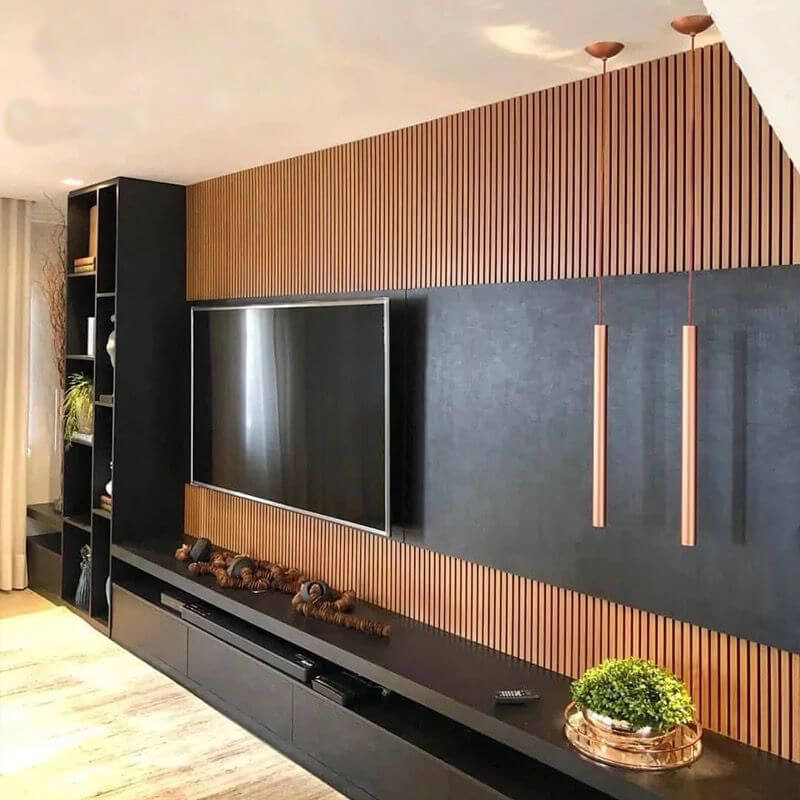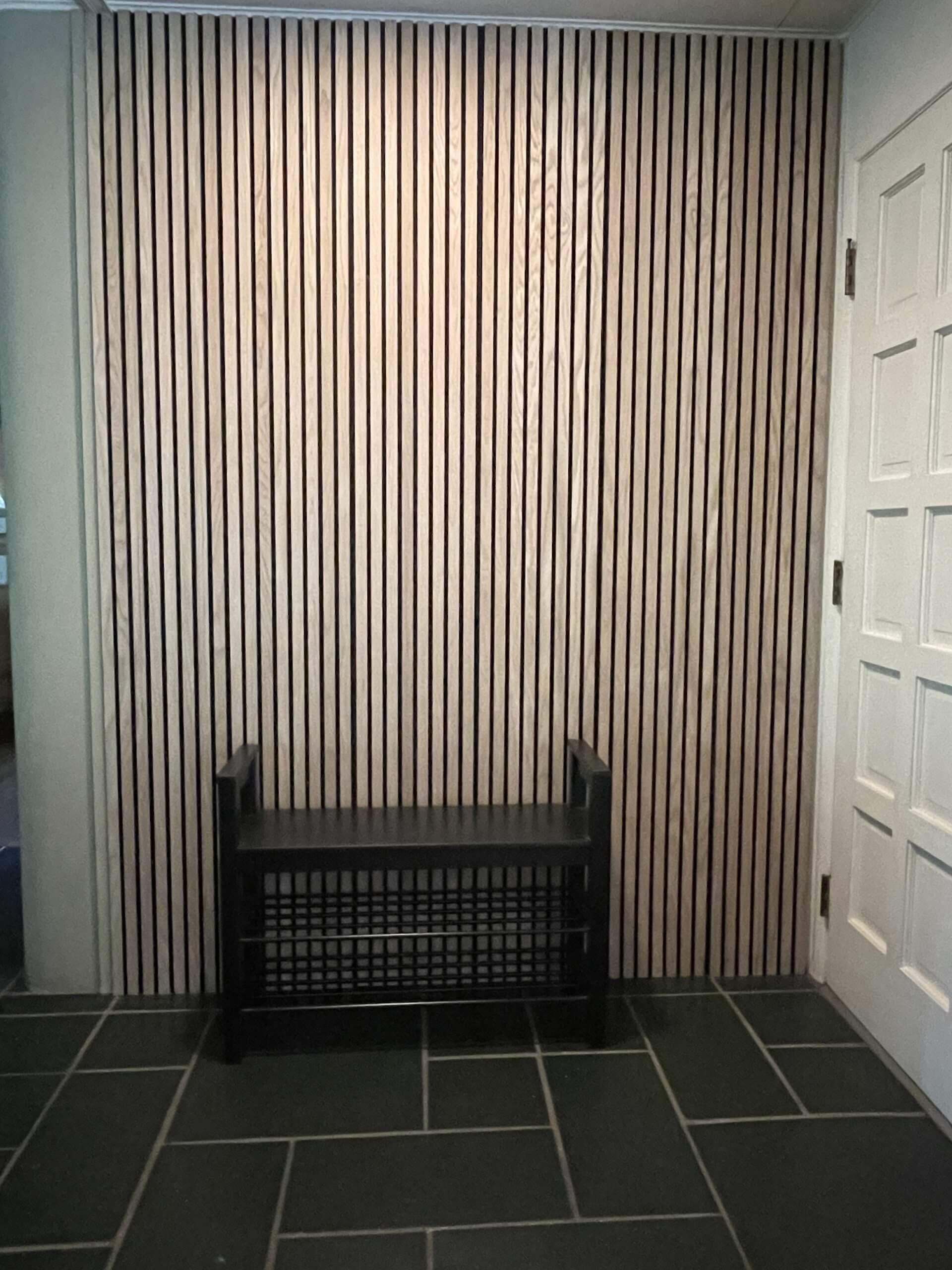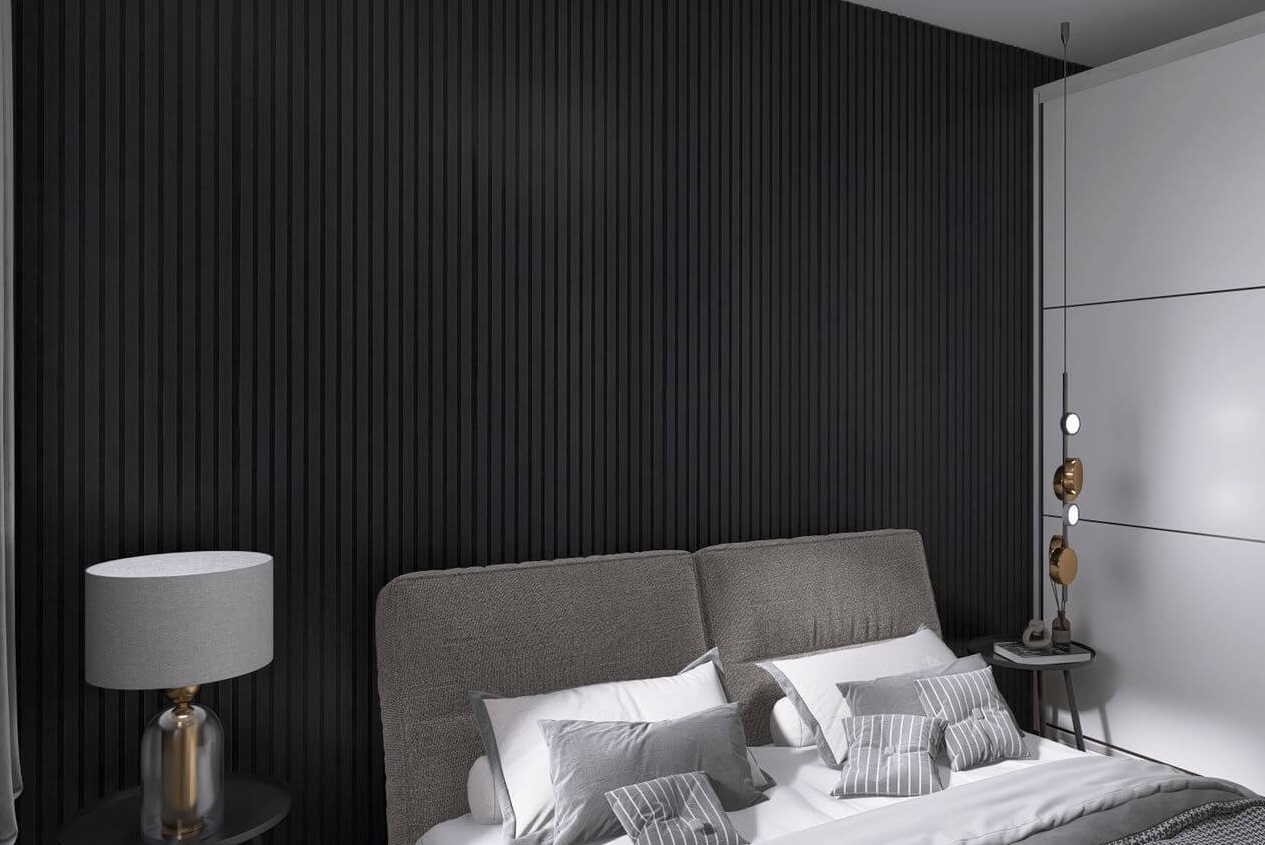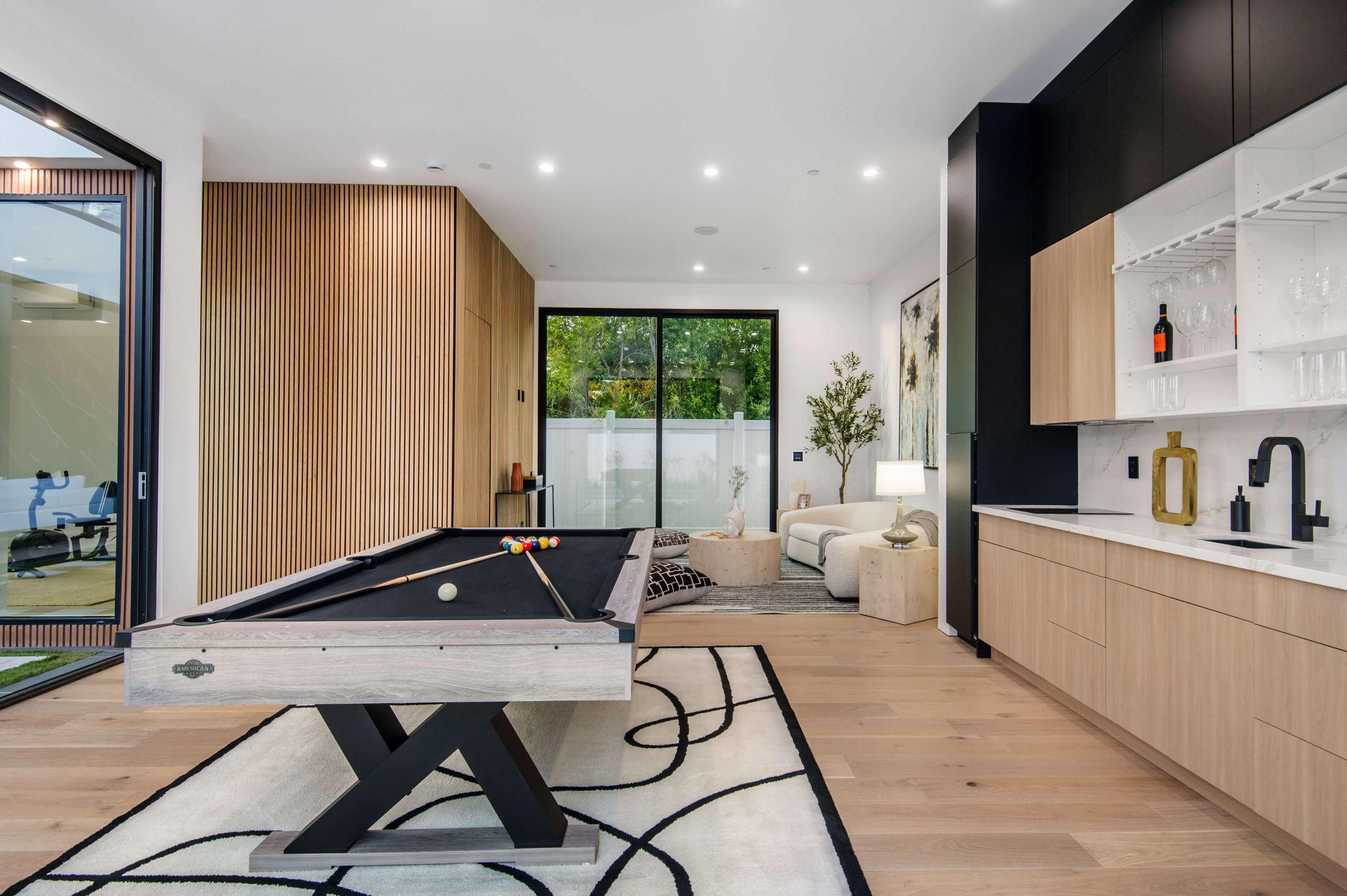Wood paneling has a way of making any room feel warmer, cozier, and more inviting. It adds character to your walls, whether you’re going for a modern vibe or a rustic farmhouse charm. When folks search for ways to upgrade their interiors, learning about the common types of wood paneling is usually one of the first steps they take.
Many homeowners get overwhelmed by the variety of styles out there. So, we’re breaking it down to help you better understand which type might work best for your space. Whether you’re renovating a cabin, refreshing a living room, or just love the texture wood brings, this guide is your go-to resource for all things wood paneling.
Shiplap Paneling
One of the most popular styles today is shiplap. It’s been all over home improvement shows and Pinterest boards for a reason. Shiplap boards overlap slightly, creating subtle shadow lines that give your walls depth.
The charm of shiplap is how simple and clean it looks. It works beautifully in bathrooms, kitchens, or bedrooms. If you’re after a farmhouse or coastal look, this is the style for you.
- Easy to install
- Can be painted any color
- Gives walls a seamless finish
Shiplap fits right into the common types of wood paneling you’ll see in modern homes. You can run the boards horizontally or vertically depending on the feel you’re after. Many folks also like using reclaimed wood for an aged effect, which adds even more character.
And yes, shiplap paneling is more than just a trend — it’s here to stay because it’s versatile and timeless. Among the common types of wood paneling, it stands out as both easy to work with and visually appealing.
Beadboard Paneling
Beadboard brings a cottage charm to spaces like bathrooms, mudrooms, and even hallways. It’s made up of narrow planks with a tiny ridge, or “bead,” between each one. This style feels neat and classic, making any space feel a little more finished.
You’ll often see beadboard painted in white or pastel shades, giving a fresh and clean vibe. It’s also a great choice if you’re going for a traditional or beachy style.
Here’s why beadboard paneling works so well:
- Hides wall imperfections
- Brings texture to small spaces
- Affordable and lightweight
When talking about common types of wood paneling, beadboard earns its place on the list for being one of the most charming and easy-to-install options. Plus, it’s a great fit for DIYers who want to add some flair without spending too much.
Among the common types of wood paneling, beadboard can be used either halfway up the wall or all the way to the ceiling. That flexibility makes it a favorite for many remodels.
Board and Batten Paneling
Board and batten gives your walls a bold, architectural look. It’s made by placing wide boards across the wall, then adding thin strips (battens) over the seams. This creates a grid-like pattern that’s full of depth and character.
This style works great in dining rooms, entryways, and even staircases. It can also give a high-end feel without the high-end price tag.
- Adds structure to plain walls
- Works with modern or classic decor
- Can be installed at full or partial height
Board and batten definitely belongs in the conversation about common types of wood paneling. It’s perfect for people who want something a little more eye-catching. And the best part? You can tailor the spacing and height to fit your style.
Out of all the common types of wood paneling, board and batten stands out for its ability to add drama and design depth to any space.
Tongue and Groove Paneling
Tongue and groove panels lock together with a tongue on one edge and a groove on the other, making installation super easy. This type of paneling is often used for ceilings and accent walls because it provides a smooth, polished finish.
It’s a top choice for cabins, lake houses, or rooms where you want a more natural wood feel. You can paint it or leave the wood exposed to show off the grain.
Here’s what makes tongue and groove panels shine:
- Tight fit reduces movement
- Looks great stained or painted
- Adds a handcrafted touch
Like other common types of wood paneling, tongue and groove fits into almost any home style. It’s especially popular in older homes or spaces where you want to preserve a more traditional feel.
If you’re searching for warm, classic vibes, this paneling option is one of the common types of wood paneling you’ll want to consider.
Raised Paneling
Raised paneling is all about elegance. You’ve probably seen this in formal dining rooms or home libraries. It features panels that are slightly raised from the wall with detailed trim around them.
It’s one of the fancier choices when it comes to wall treatments. Raised paneling gives your home a polished, custom look that really stands out.
- Adds instant class and charm
- Often seen in traditional decor
- Best for larger rooms with tall walls
When we talk about common types of wood paneling, raised paneling may not be the most casual, but it sure makes an impression. It’s great if you’re going for a high-end aesthetic without needing wallpaper or paint.
Although it’s not used as widely as other common types of wood paneling, it’s perfect for adding texture and luxury where it counts.
Helpful Comparison Table
Here’s a quick breakdown to help you compare the styles side by side:
| Type | Style Vibe | Best Rooms | Difficulty | Budget |
|---|---|---|---|---|
| Shiplap | Farmhouse/Modern | Bedrooms, Kitchens | Easy | $$ |
| Beadboard | Cottage/Traditional | Bathrooms, Hallways | Easy | $ |
| Board & Batten | Bold/Architectural | Entryways, Dining Rooms | Medium | $$ |
| Tongue & Groove | Rustic/Natural | Ceilings, Living Rooms | Medium | $$ |
| Raised Paneling | Elegant/Formal | Libraries, Dining Rooms | Hard | $$$ |
Looking to Upgrade Your Walls?
If you’re planning to upgrade your home with wood paneling, it helps to know where to get quality materials and trustworthy advice. Start your search with beautiful wood wall paneling options here.
Also, if you’re considering more moisture-friendly materials for spaces like kitchens or bathrooms, check out why PVC panels might be the better choice.
And for a broader selection, from modern designs to rustic finishes, take a peek at stylish wall panels worth exploring.
Final Thoughts
The right wall treatment can completely transform a space. Whether you love the simplicity of shiplap or the sophistication of raised panels, there’s something in the wide world of wood paneling that’s just right for your home.
Understanding the common types of wood paneling makes it easier to pick what suits your style and space best. Each type offers a unique personality, texture, and vibe. No matter which you choose, adding wood paneling is always a step toward making your house feel more like home.
So take your time, explore your options, and remember — the common types of wood paneling are here to stay, and they’re ready to bring life to your walls.
FAQs
1. How do I know which type of wood paneling is best for my home?
It really depends on the look and feel you want. If you’re going for a cozy farmhouse vibe, shiplap might be perfect. Want something classic and bright? Beadboard works great. For a more formal space, raised paneling brings elegance. Think about your room’s size, lighting, and style to help guide your choice.
2. Can I install wood paneling myself, or do I need a contractor?
You can totally install many types of wood paneling yourself, especially styles like shiplap and beadboard. They’re lightweight and easy to handle with some basic tools. But for more detailed options like raised paneling or full-height board and batten, it might be worth hiring a pro for that polished look.
3. Is wood paneling okay to use in bathrooms or kitchens?
Yes, but you’ll want to be careful. Wood paneling can be used in moisture-prone areas if it’s sealed properly. For extra durability, we recommend checking out PVC panel options that are better suited for wet areas.
4. What’s the difference between tongue and groove vs. shiplap paneling?
Both look similar once installed, but they connect differently. Tongue and groove boards snap together, creating a tighter seal, while shiplap overlaps slightly and has more visible shadow lines. Tongue and groove is great for a smoother finish, while shiplap gives more texture.
5. Where can I find high-quality wall paneling materials?
We recommend starting with this trusted source for beautiful wood wall panels. They offer a range of modern and rustic styles to fit every room in your home. For even more ideas, browse their full collection of wall paneling solutions.








